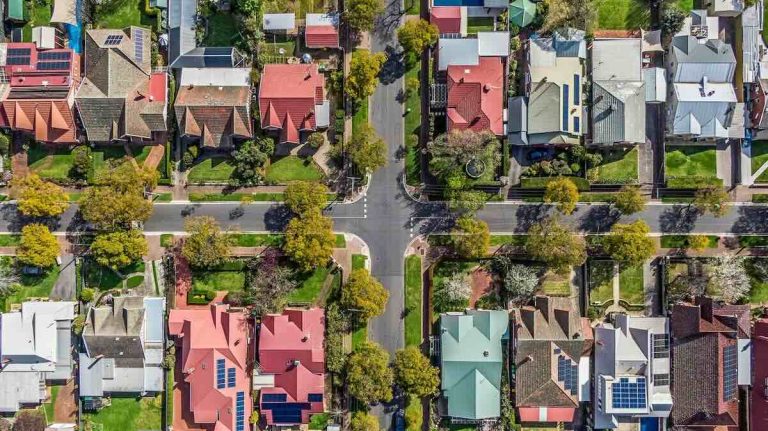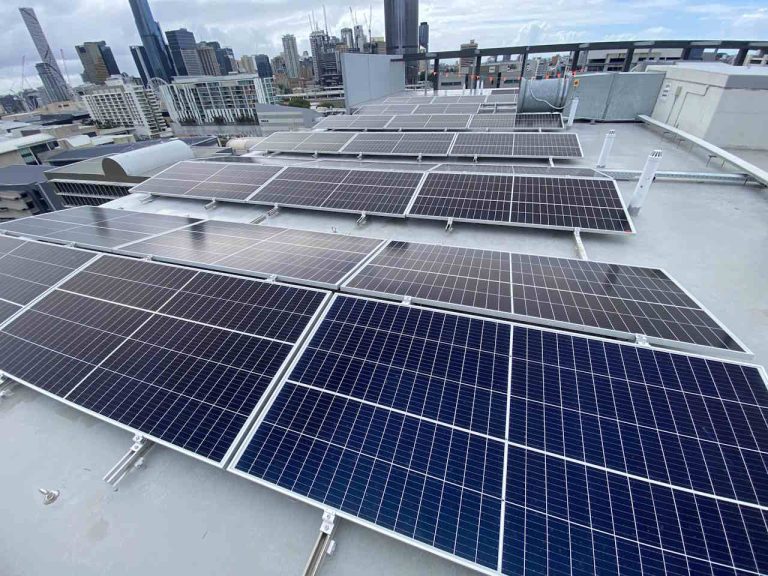Australia’s Industries Underutilize Roof Space for Solar Energy
Australia is currently missing a significant opportunity to harness solar energy from its industrial and commercial properties, which could not only enhance the energy supply for the grid but also reduce electricity bills.
According to a report released by Nexa Advisory on Tuesday, the installation of solar panels on business premises is often perceived as either too large or too small a task for companies to benefit from available rebates, leading many to forgo this option altogether.
Government Pressure for Solar Adoption
This situation adds to the increasing pressure on government bodies and other authorities to take more decisive action in utilising solar energy on larger buildings. Many existing grants primarily focus on providing financial incentives for households or small businesses.
The report highlights that large facilities, such as warehouses, could potentially reduce their energy expenses by up to $92,000 annually. Furthermore, if industrial and commercial properties were to make use of their rooftops, it could lead to an avoidance of approximately $11 billion in network costs by the year 2040.
Current Solar Capacity and Challenges
Currently, there is enough roof space available to accommodate around 28 gigawatts of solar capacity, yet only about 20% of this potential is being utilised. The slow adoption rate has been attributed to policy gaps, outdated tariff structures, and complicated grid connection processes.
The report emphasises that if Australia can realise this potential capacity, it would reduce the necessity for significant transmission upgrades and facilitate a quicker transition to renewable energy sources.
It also points out that businesses consume more energy than residential users and possess a substantial opportunity to provide renewable energy at a lower cost to other users within the system.
Proposed Solutions for Solar Expansion
Among the recommendations for improvement are the introduction of more rebates and financing options aimed at mid-sized installation projects, as well as the simplification of grid connection processes.
There is a growing momentum for Australia to enhance its solar energy capture. Last month, Ausgrid proposed a trial that would leverage solar panels from commercial and industrial properties to supply cheaper electricity to nearby homes, potentially saving residents around $200 annually.
Urgency for Renewable Energy Transition
Authorities and energy companies are under increasing pressure to expedite the transition to renewable energy sources in order to meet the net-zero targets set for 2050. Additionally, the federal government is set to announce Australia’s new emissions reduction targets for 2035 later this week.
On Monday, the National Climate Risk Assessment revealed that deaths related to heatwaves are expected to rise in the coming years, while over three million individuals may face the impacts of coastal flooding and erosion by 2090.






